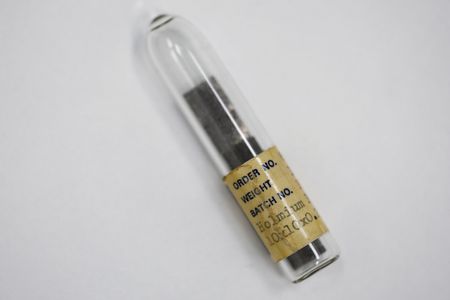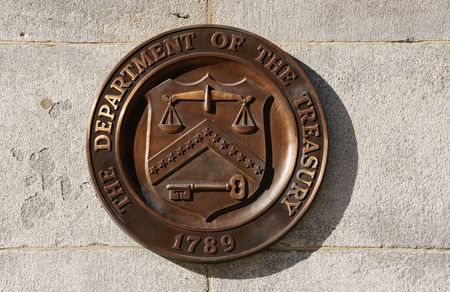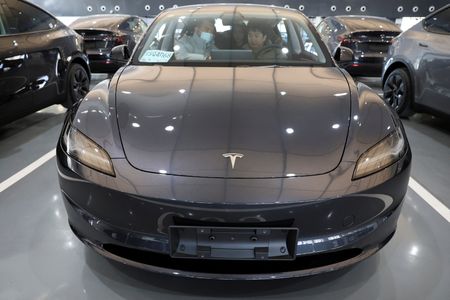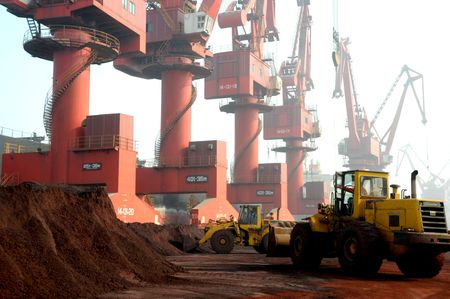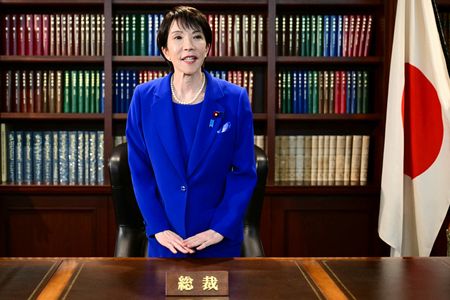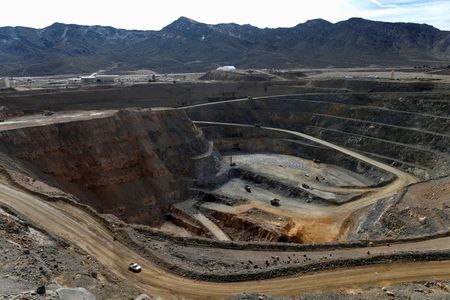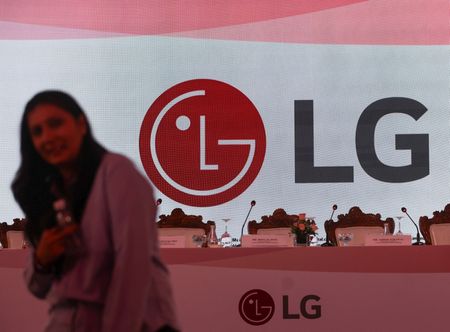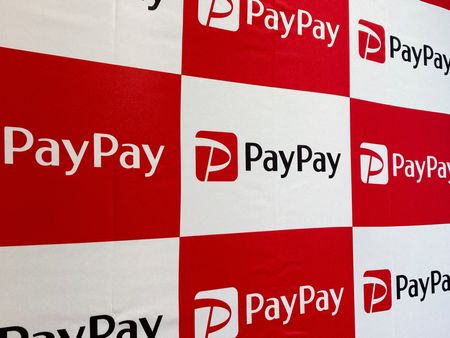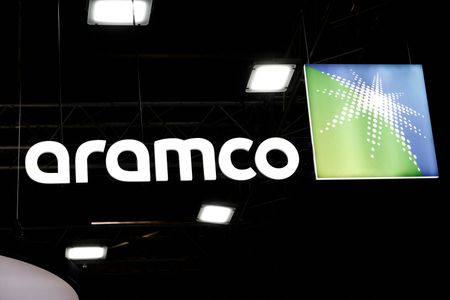By Alessandro Parodi
(Reuters) -China said on Thursday it planned to add five more rare earth elements and related materials to its export controls list, tightening its grip on the sector ahead of talks between Presidents Donald Trump and Xi Jinping.
China produces over 90% of the world’s processed rare earths and rare earth magnets. The 17 rare earth elements are vital materials in products ranging from electric vehicles to aircraft engines and military radars.
Exports of 12 of them are now restricted after the Ministry of Commerce added five – holmium, erbium, thulium, europium and ytterbium – along with related materials.
The latest five are silvery in colour and can be used in various applications including for the nuclear, defence, medicine and fiber-optics sectors.
HOLMIUM
Holmium can be used in magnets, semiconductors, laser surgery devices and control rods for nuclear reactors.
ERBIUM
Erbium is mostly used in fibre-optic telecommunications and infrared technology. Pink-coloured erbium oxide is used to make infrared-absorbing glass.
THULIUM
Thulium is used in X-ray equipment, laser technology and ceramic materials in microwaves. It is fluorescent when exposed to ultraviolet light, making it useful to combat counterfeiting.
EUROPIUM
Europium, the most reactive rare earth element and also fluorescent, is used in control rods for nuclear reactors and glowing materials including for medical imaging.
It is also used in magnetism research, alongside ytterbium.
YTTERBIUM
Ytterbium, the most volatile rare earth element, can be used as a radiation source in X-ray machines and has applications in nuclear medicine. It is also used as a catalyst and in quantum computers.
(Reporting by Alessandro Parodi, Editing by Joe Bavier)

